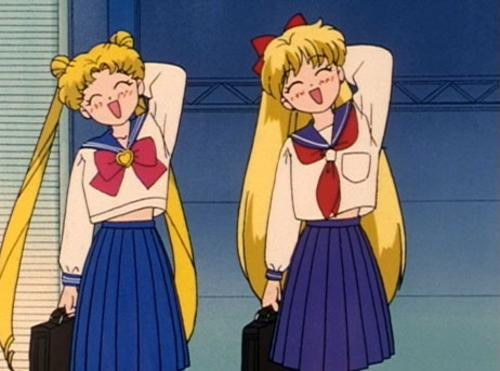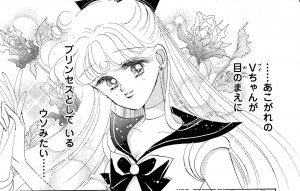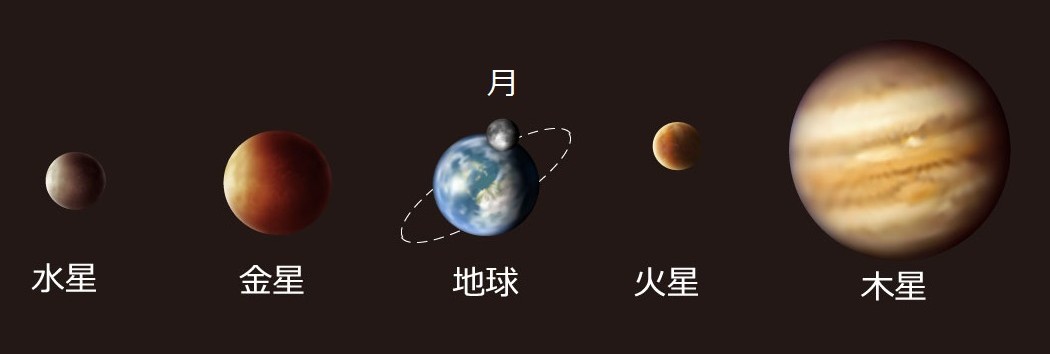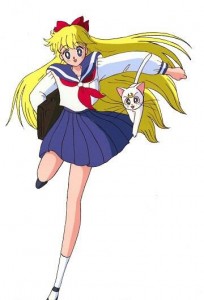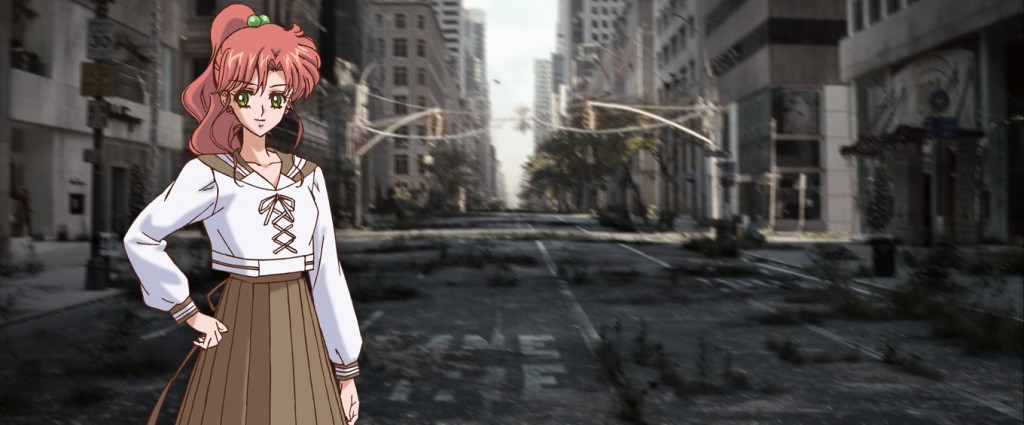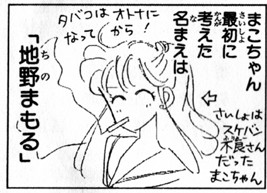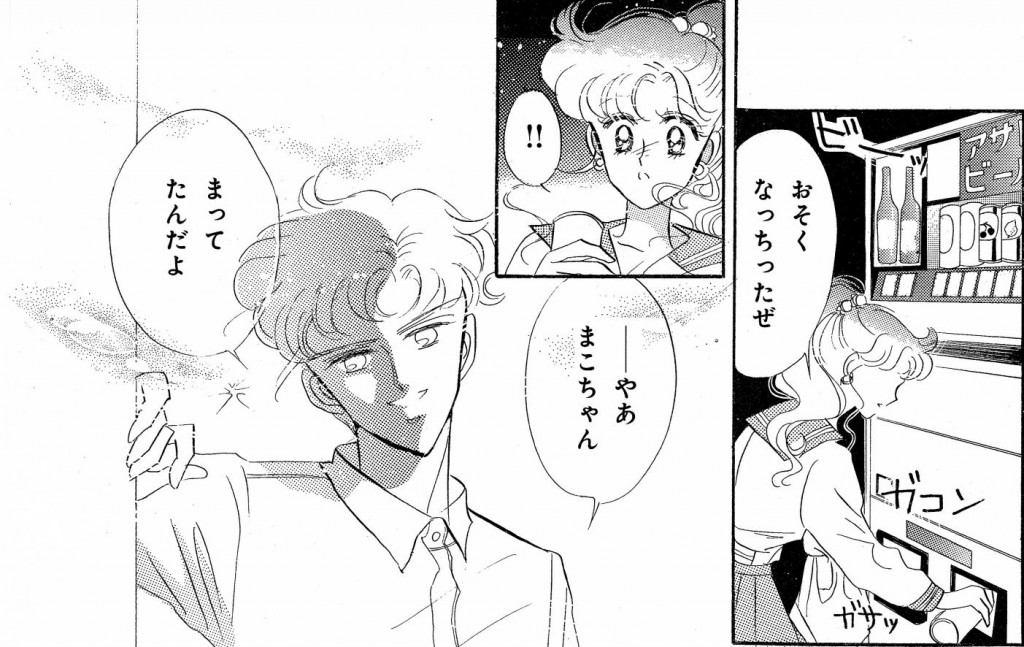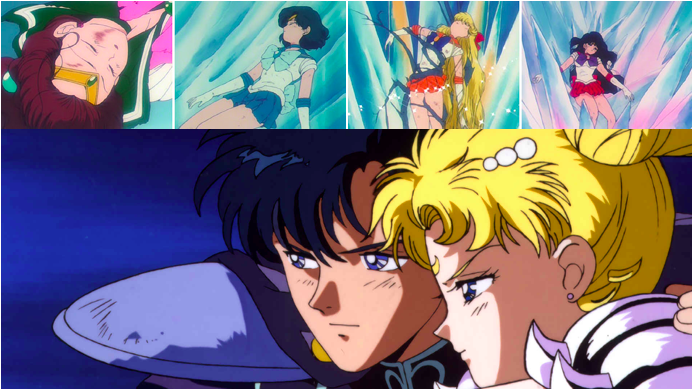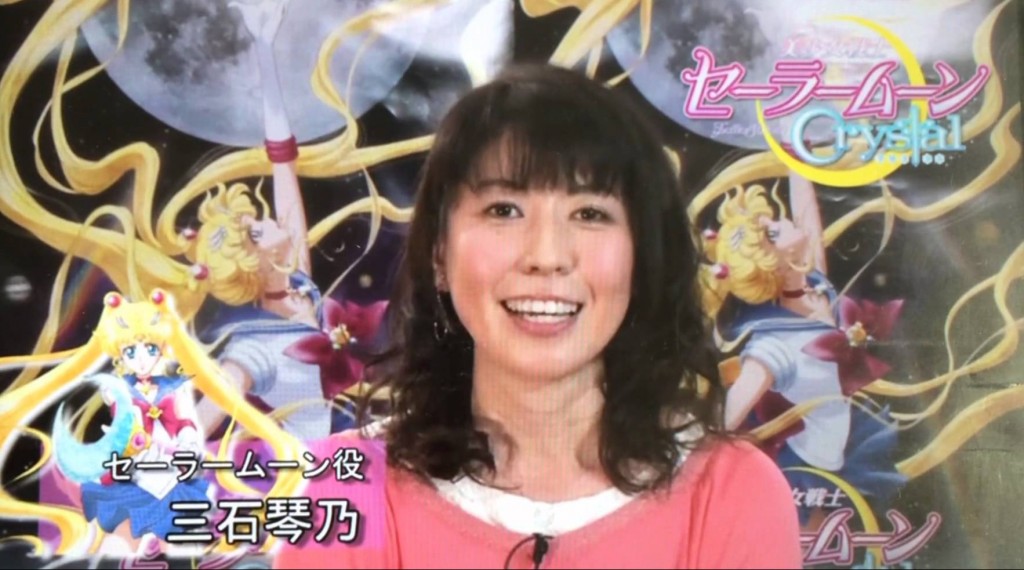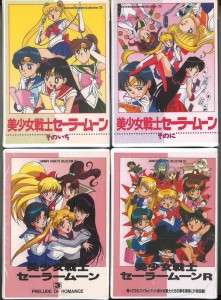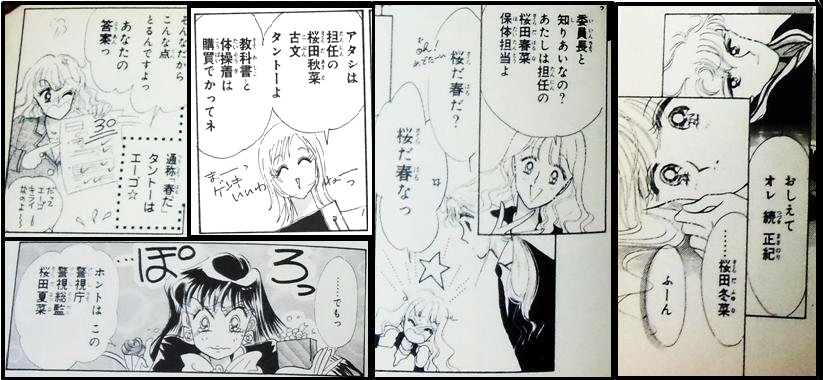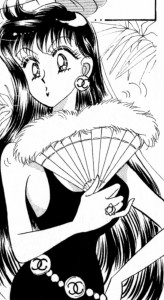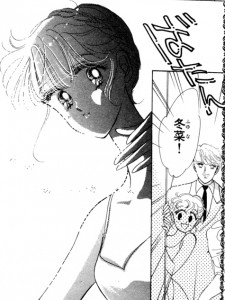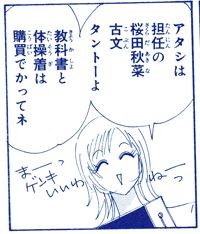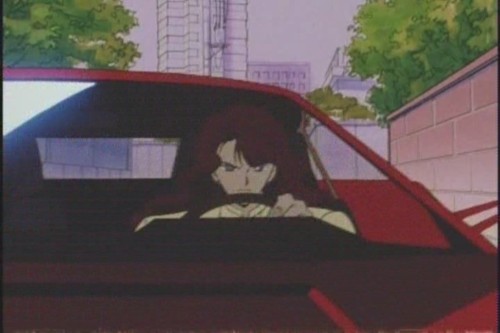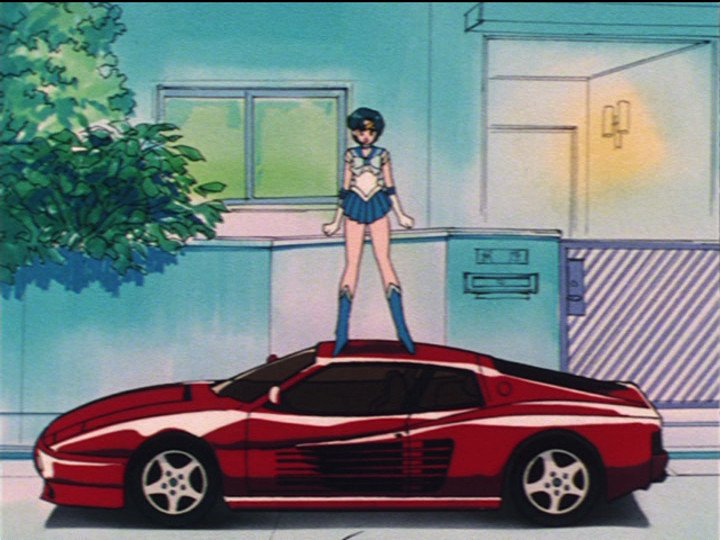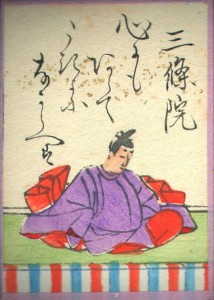One of the odd peculiarities of the co-existence of the shared universes of Code Name: Sailor V and Pretty Soldier Sailor Moon is the fact that despite Sailor V(enus) being the first Sailor Soldier to make an appearance, she was the last one to join the team. Not only that, but despite having been the self-proclaimed Sailor Venus,1 she further claimed that she was was the true heir to the Moon Kingdom – Princess Serenity. She not only has the crescent on her forehead, but the Crescent Compact2 to prove it. So what gives? Why was she the one chosen to play the role of the princess (and not Ami, Rei, or Makoto?) and, for that matter, why does she even have a crescent compact in the first place if she’s not even from the moon?
To answer this question, we need to go back in time—almost 405 years exactly3 to the late fall/early winter of 1610, and to the observations of the planet Venus made by Galileo Galilei. Though the existence of Venus had been known to civilizations across the globe since time immemorial, one of Galileo’s greatest contributions to the budding field of astronomy gained through his observation of Venus was in his finding proof that the old geocentric model (in which the Sun, stars, and other celestial bodies revolve around the Earth)4 was provably wrong and that the heliocentric model (in which the Earth and other celestial bodies revolve around the Sun)5 must be correct.
And how did Galileo come to this conclusion? Through his observation that Venus has a crescent phase, much like the moon. Or, in Galileo’s own words (in Latin):6
Cynthiae figuras aemulatur mater amorum
And in English:
The mother of love [Venus] copies the forms of Cynthia [the Moon]
Indeed, as Galileo saw it, the significance of Venus in his observations was that it was displaying the same phenomenon we observe on a monthly basis when looking up at the moon. Put into other words, Venus was imitating the moon – not unlike how Sailor Venus pretends to be Princess Serenity, the heir-apparent to the Moon Kingdom. This would also explain being given the crescent compact in the Sailor V manga and her using it as a weapon, since the crescent shape of Venus was one of its important features. Furthermore, it’s unlikely that any of this would have been lost on Ms. Takeuchi. Not only was she clearly thorough with her research in the first place, but she herself is a fan of astronomy and was a member of the astronomy club in high school.7
As for why Sailor Venus was the last to join the team despite the first to make an appearance, there could of course be many answers for this, but part of the reasoning behind that may also lie in her namesake planet: Venus is known both as the Evening Star and as the Morning Star, due to it appearing early in the evening shortly after the sun sets and preceding the sunrise in the early morning. This tracks nicely with her appearance in the Sailor Moon anime and manga, as she both preceded (Sailor) Moon and was the last to make her appearance.
It’s unclear how much of the story Ms. Takeuchi already had planned out ahead of time before the one-shot release of Code Name: Sailor V in RunRun and when, a little over half a year later, Pretty Soldier Sailor Moon was first serialized in Nakayoshi, but considering all the work she went into putting together all the other mysteries of the series, there’s definitely a lot there to support a variety of theroies!
